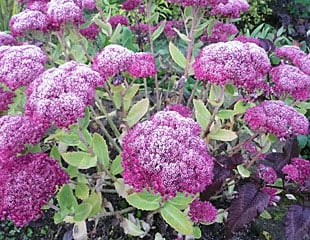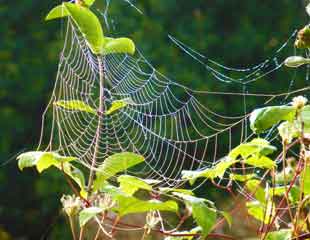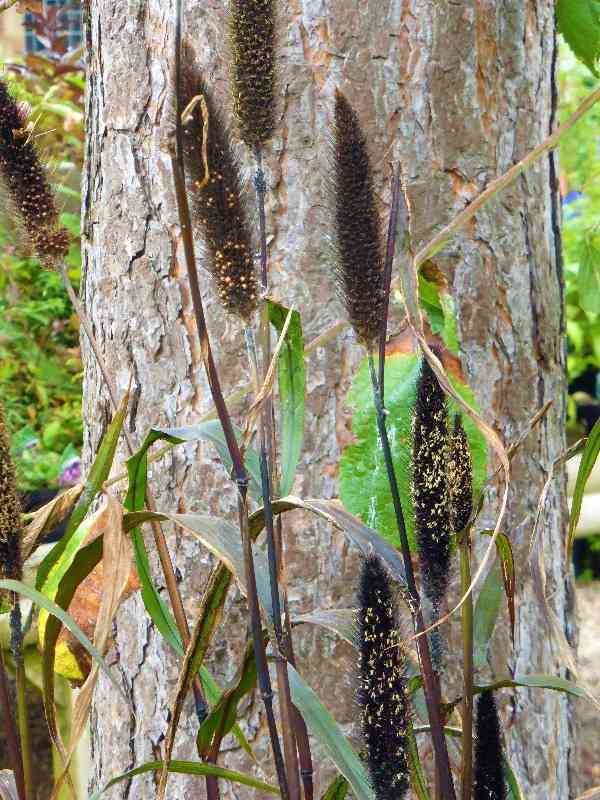Planting spring flowering bulbs
Posted on
|
I love spring bulbs, for their diversity in flowering times and colours, but also they are reminder that spring will come and with it the gardening year will starts again. I feel optimistic when planting out bulbs and this year I am keen to plant scented Narcissus (daffodils) both in the garden and in containers where they can be put to enjoy the scent. I have also been renewing plants of Erysimum, common name Wallflower, also highly scented and a long flowering perennial which will reward with flowers for several weeks through all of spring. Wallflowers are not a long lasting plant and they do need 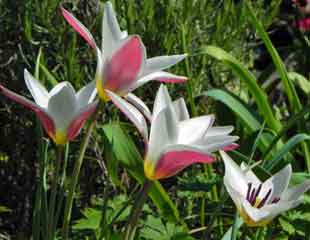
to be replaced every few years as they tend to become woody, but look great planted with contrasting or matching Tulips. Wallflower and tulips make a great combination, the only drawback is that mice and squirrels love tulips bulbs as well, and if these pests are a problem, a net or mesh over the top of the soil until the shoots come through should act as a deterrent, and then remove it. Tulips come in so many shapes, sizes and colours as the images shows on the left Tulip Lady Jane very different to the one below.
If you are not sure when planting bulbs a good rule of thumb is to plant 3x the bulb size in depth and for more information about planting spring bulbs and tulips. 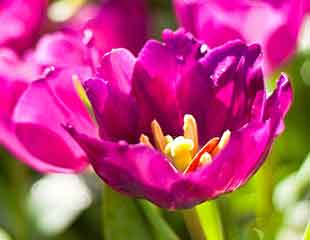
Spring bulbs are traditionally planted in the autumn, and planted at different times, Narcissus in September, Tulips and Crocus in October & November. Snow drops, Galanthus, are in fact best planted "in the green" which is as small plants. Recent studies have shown that planting bulbs late still works so there is still plenty of time to plant for a spring display and many stores and on line suppliers have bulbs on offer at this later stage.
|

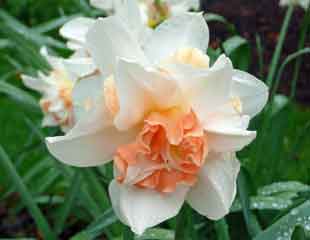
 Early autumn is a good time to make a wood pile to help wildlife through the winter. You don't need a large garden to do this just a small of wood or logs as in the image will help and is just the spot for frogs and newts to spend the winter. This wood pile is near the pond so ideal for wildlife. Wood piles are also a home for toads, centipedes and beetles.
Early autumn is a good time to make a wood pile to help wildlife through the winter. You don't need a large garden to do this just a small of wood or logs as in the image will help and is just the spot for frogs and newts to spend the winter. This wood pile is near the pond so ideal for wildlife. Wood piles are also a home for toads, centipedes and beetles. 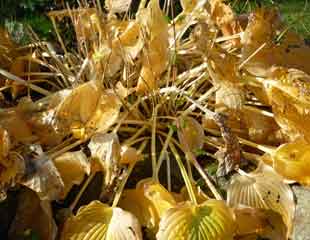 D
D Some perennial plants are best left untouched for cover or because they stay attractive during the winter. Slightly tender perennials such as Penstemon are best left uncut as the top growth may offer some winter protection.
Some perennial plants are best left untouched for cover or because they stay attractive during the winter. Slightly tender perennials such as Penstemon are best left uncut as the top growth may offer some winter protection.